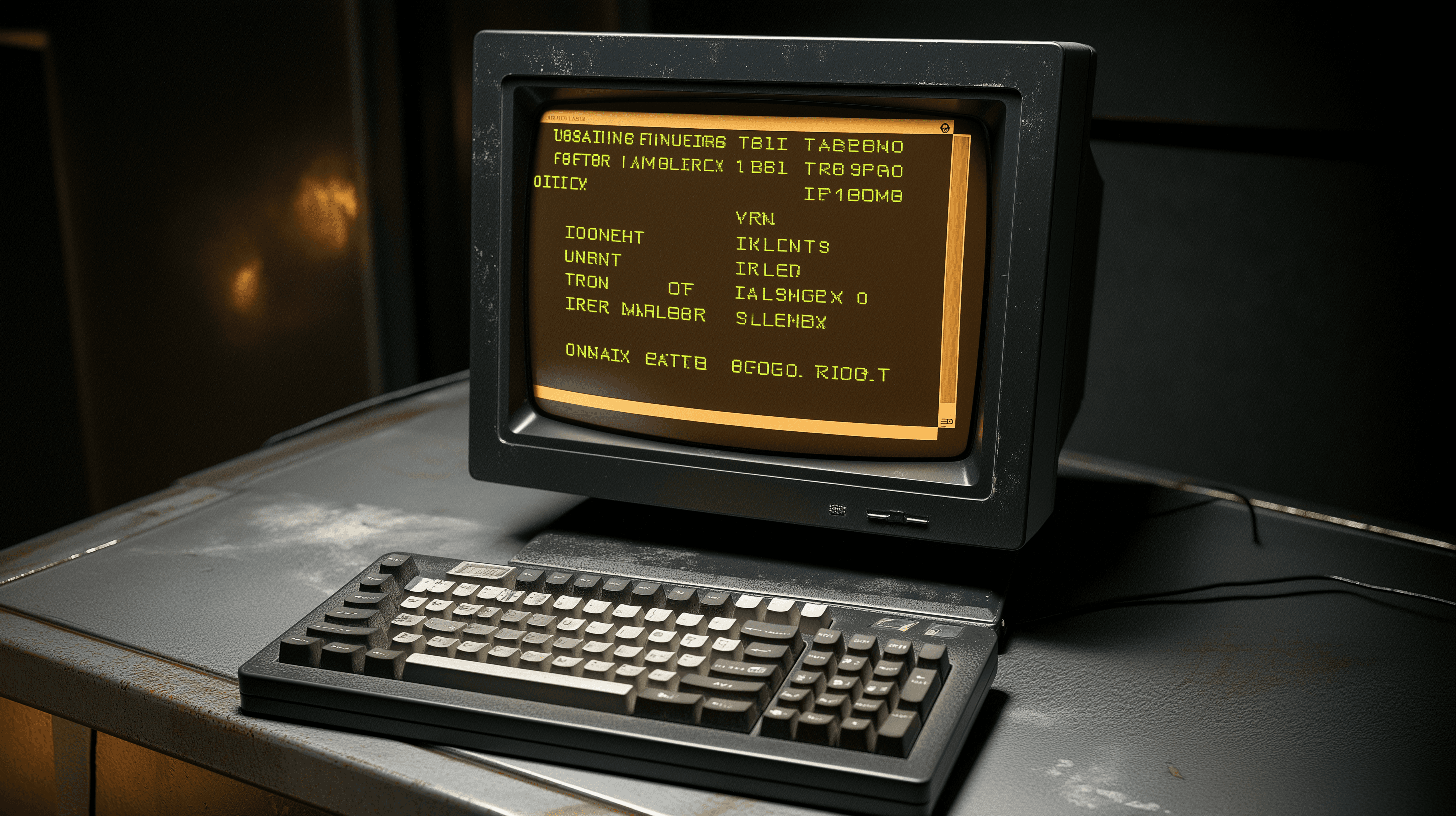
If you're managing a remote engineering team, you've probably asked yourself this question at 2 AM: "How do I actually know what my team is building?"
You're not alone. 73% of engineering leaders report struggling with remote team visibility, and for good reason. The old playbook doesn't work anymore.
Traditional measurement approaches that barely functioned in-office become completely broken when your team is distributed across time zones. Worse, most solutions create more problems than they solve.
Why Everything You're Doing Probably Isn't Working
Daily Standups Are Theater
That 15-minute daily standup? It's become a performance where engineers scramble to remember what they did yesterday and invent something that sounds productive.
Remote standups fail because:
- Time zone conflicts mean someone's always joining at an inconvenient time
- Async updates lose the collaborative element entirely
- Engineers spend more time preparing for the meeting than the meeting provides value
- Status updates don't reveal actual progress or blockers
Most standups devolve into "I worked on the thing, today I'll work on the other thing, no blockers." You learn nothing meaningful about actual progress.
Sprint Boards Don't Tell the Real Story
Your JIRA dashboard shows tickets moving from "In Progress" to "Done," but what does that actually mean?
Sprint boards fail as measurement tools because:
- Ticket completion doesn't equal value delivery - Engineers can close 10 small tickets or make a breakthrough on one complex problem
- Gaming is inevitable - Teams learn to break down work artificially to hit velocity targets
- Context disappears - You see what moved, not why it was hard or what was learned
- Technical debt is invisible - Refactoring and architecture work rarely appears in sprint metrics
A senior engineer who spends a week eliminating technical debt that saves months of future work looks "unproductive" in sprint reports.
Time Tracking Is Actively Harmful
Some leaders, desperate for visibility, turn to time tracking. This is a mistake.
Software development isn't factory work. The best solutions often come during walks, conversations, or moments of insight that can't be measured in hours logged.
Time tracking creates perverse incentives:
- Engineers pad tasks to meet expected time estimates
- Deep thinking gets deprioritized for "trackable" busy work
- Problem-solving shifts from efficiency to clock-watching
- Trust between leadership and engineers erodes
As Peter Drucker observed: "Knowledge work cannot be measured the way manual work can."
The Surveillance Trap
When traditional metrics fail, some organizations double down with surveillance software. Screenshot monitoring, keystroke tracking, mouse movement detection.
This approach backfires spectacularly.
Why Surveillance Destroys What You're Trying to Build
Harvard Business Review research shows monitored employees are substantially more likely to break rules, not fewer. Surveillance creates an adversarial relationship where engineers focus on appearing busy rather than being productive.
The side effects are predictable:
- Top performers leave - 52% of IT professionals say they'd reject jobs at companies using surveillance software
- Innovation decreases - Engineers avoid experimentation and risk-taking
- Gaming increases - Mouse jigglers, auto-clickers, and "performance theater" become the norm
- Morale collapses - 87% of teams report negative impacts including increased anxiety and loss of trust
You end up measuring motion, not progress. Engineers send unnecessary emails and attend pointless meetings to appear active while actual product development suffers.
The Trust Death Spiral
Surveillance signals that you don't trust your team. In response, they become less trustworthy. It's a self-fulfilling prophecy that destroys the collaborative culture required for effective software development.
Remote teams require more trust, not less. When you can't rely on physical presence, psychological safety becomes even more critical for productivity and innovation.
What Actually Works: Intelligent Measurement
The solution isn't to abandon measurement, it's to measure what matters using modern approaches that respect both the nature of software development and the realities of remote work.
Focus on Outcomes, Not Activities
Instead of tracking what engineers do, measure what they achieve:
- Value delivered to users - Feature releases, bug fixes, performance improvements
- Technical health - Code quality metrics, test coverage, deployment frequency
- Team velocity - Cycle time from idea to production, not story points completed
- Blockers removed - Dependencies resolved, decisions made, obstacles cleared
These metrics align engineering work with business value while respecting the creative nature of software development.
Use AI to Automate the Busywork
The most promising development in engineering measurement is AI-powered tools that automatically capture and contextualize work without requiring manual reporting.
These systems connect to existing tools like GitHub, JIRA, Slack, calendar systems, and use AI to create meaningful summaries of what actually happened:
- Automated progress summaries - AI analyzes commits, pull requests, and code reviews to generate readable updates
- Context-aware reporting - Machine learning identifies significant achievements vs. routine maintenance
- Intelligent insights - Pattern recognition surfaces blockers, trends, and team dynamics
- Engineer control - Team members review and approve what gets shared, maintaining autonomy
Tools like One Horizon represent this new approach: AI that captures what you ship and writes the reports for you, without surveillance or micromanagement.
Implementation Strategy
Start With Psychological Safety
Before implementing any measurement system, establish trust. Explain why you need visibility, how the data will be used, and what you won't measure.
Key principles:
- Measurement is for team improvement, not individual evaluation
- Engineers have input on what and how things are measured
- Data is used to remove blockers, not assign blame
- Privacy and autonomy are respected
Begin With Leading Indicators
Focus on metrics that predict future success rather than report past activity:
- Code review participation - Team collaboration and knowledge sharing
- Deployment pipeline health - Technical infrastructure supporting velocity
- Documentation quality - Sustainable development practices
- Learning and experimentation - Team growth and innovation
Automate Everything Possible
Manual reporting is the enemy of sustainable measurement. The more you can automate data collection and summary generation, the more likely your measurement system will provide value without creating overhead.
Modern AI tools can:
- Generate daily progress summaries from development activity
- Identify and escalate blockers automatically
- Create readable reports for stakeholders
- Track trends and patterns across teams
The Future of Engineering Measurement
The best measurement systems are invisible to engineers and valuable to leaders. They capture the reality of software development work, the breakthroughs, the setbacks, the collaborative problem-solving, without creating bureaucratic overhead.
AI-powered measurement represents a fundamental shift from surveillance-based approaches to intelligence-augmented collaboration. Instead of watching what engineers do, these systems help translate what engineers accomplish into language that stakeholders understand.
This isn't about replacing human judgment with algorithms. It's about using technology to bridge the communication gap between engineering reality and business needs, creating transparency without destroying trust.
Your remote engineering team is capable of incredible things. The right measurement approach helps you see and support that capability instead of constraining it.
The choice is yours: continue struggling with broken traditional methods, risk destroying morale with surveillance, or embrace intelligent measurement that actually works for how modern engineering teams operate.
The teams that get this right will ship better products faster. The ones that don't will keep wondering why their best engineers keep leaving.



